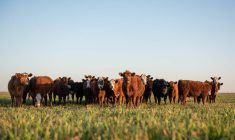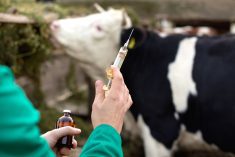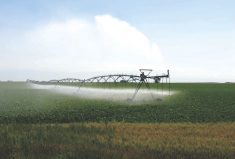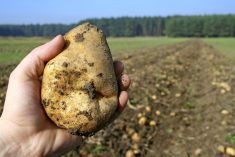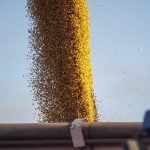The province is giving more money to train large-animal vets, standing pat on its funding of ag research, and apparently making big gains in cutting red tape.
The most eye-catching ag-related item in the Alberta government’s Feb. 24 budget was the pledge of $59 million over three years for “infrastructure to expand the veterinary medicine school at the University of Calgary.”
“We are also making a generational investment at the University of Calgary to expand the faculty of veterinary medicine,” Finance Minister Travis Toews said in his budget speech.
Read Also
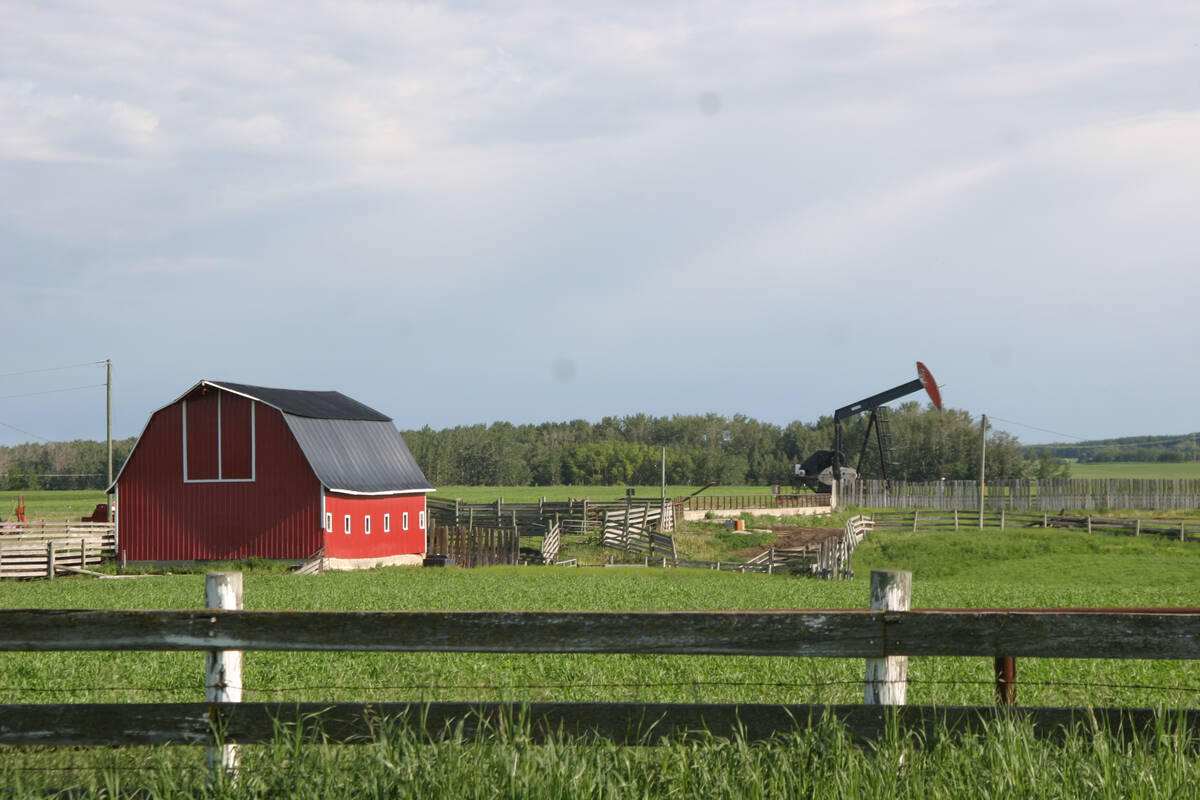
Recommendations in the mature assets strategy could cause potential problems for landholders
The Western Stock Growers’ Association urges producers to pay attention to the potential changes to Alberta’s Mature Assets Strategy.
“This $59-million investment will address a critical emerging shortage of large-animal veterinarians in rural Alberta.”
The Alberta Veterinary Medical Association said it was “thrilled” by the announcement, saying it would allow the university to double the number of vets it graduates every year.
“Budget 2022 provides a bold and decisive investment in veterinary medicine that will bolster the health and welfare of animals, growth in rural communities and the health of Albertans,” the association said in a news release.
The budget also maintains the $37-million budget for Results Driven Ag Research (RDAR), the arm’s-length agency set up two years ago to fund agricultural research in the province.
Budget documents for the Ag Ministry also say the government is “on track” in its effort to attract $1.4 billion in new investment in the agri-food sector by next year. It heralds the $933-million expansion of the irrigation system in southern Alberta that will add 230,000 irrigated acres. The province is putting up $280 million (30 per cent) of that money. (The irrigation districts are putting up 20 per cent and borrowing the remainder from the Canadian Infrastructure Bank.)
“To create new jobs and spur growth in the agriculture industry, the ministry is building value-added processing capacity, expanding irrigation infrastructure, attracting new investment and expanding trade,” the supporting budget document states.
It also contains a very precise, albeit unexplained, number on Premier Jason Kenney’s election promise to cut red tape, a measure enacted in a piece of legislation called the Red Tape Reduction Act.
The supporting budget documents for provincial ministries contain yearly updates on progress on this effort. For Agriculture and Forestry, there was an 8.2 per cent “regulatory reduction” for the 2019-20 fiscal year and this year’s budget document says that number reached 12.1 per cent in 2020-21.
The fiscal year ends on March 31, so a more recent number isn’t available but in its most recent report on this initiative, the government cited examples from agriculture. It said it had cut the number of forms and supporting documentation needed for Canadian Agricultural Partnership grant programs; allowed livestock producers to sell an animal directly to consumers and have it slaughtered on site for personal consumption; and is allowing farm and commercial vehicle registration renewals to be done online.




